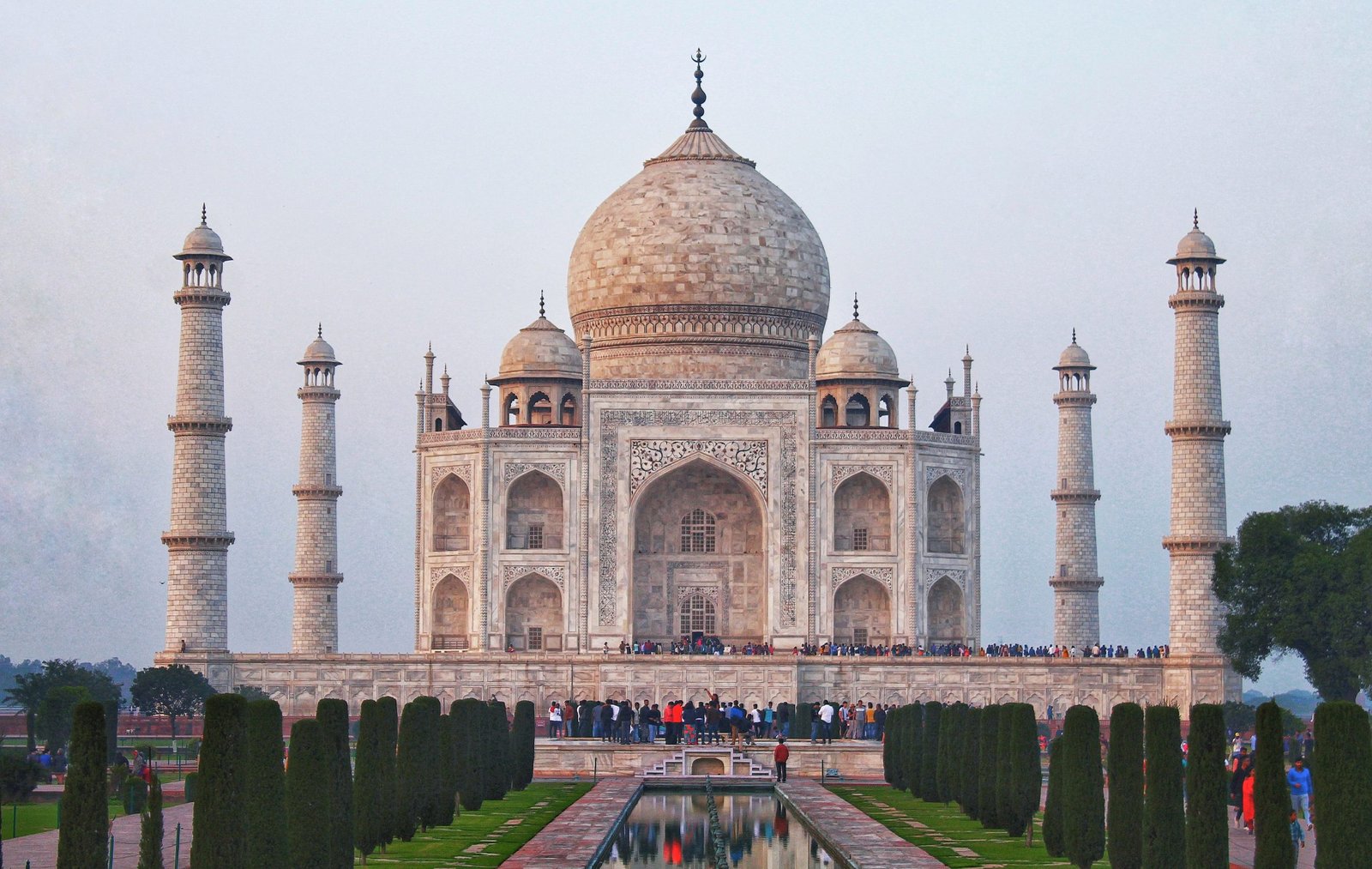|
|
||||||
(It is
not Necessary to drive 250 kms each day as mileage is
calculated at the End of Tour)
Package Includes:
·
Sightseeing as per
the itinerary though we are flexible
·
Transportation using
A/C car as per itinerary inclusive of fuel, parking, toll, & driver
allowance
·
English Speaking Driver with Mobile Phone
·
Limit: 1500
Kms. After 1500 Kms will
be charged extra.
·
Hotel Price is not
Include
·
Government Service
Tax @ 4.95% will be charged extra on above mentioned car price
Note :
Opening & closing kms/ hrs will be
calculated from our office to office.
( Agra to Agra)
(Kms are always charged Agra to Agra
there is no One way price Option
Itinerary :
Day 01:
Agra
|
||||||
Pickup from Airport / Railway Station (Tundla,
Mathura or Agra Railway Station )
Transfer to Hotel and
Agra Sight Seeing (Taj Mahal & Agra Fort) Night Halt in Agra.
|
||||||
Day 02:
Agra to Delhi -The Capital of India
|
||||||
After breakfast leave
for Delhi (235 Kms from Agra) via Sight Seeing of Fatehpur
Sikri (45 Kms from Agra) Reach Delhi (220 Kms from Fatehpur Sikri) Reach Delhi and
directly go for Rashtrapati Bhawan, Parliament House, India
Gate, Birla Mandir) evening free for shopping in Karol Bagh and Night Halt in Delhi.
|
||||||
Day 03 : Delhi - Shimla (380
Kms)
|
||||||
This morning after
breakfast, you will be transferred by road to Shimla, .Arrive Shimla by
evening, check in hotel. Evening free
to visit Mall Road after refreshment. Dinner and overnight stay at Hotel
|
||||||
Day 04 : Shimla (Full Day trip to Kufri & Local )
|
||||||
Afternoon half day city tour visiting Indian
Institute Of Advanced Studies, Sankat Mochan Temple and Jakhu temple, Evening
free to stroll in the famous shopping place of Shimla town - The Mall &
The Ridge. Overnight at hotel.
|
||||||
Day 05:
Shimla
|
||||||
After Break-fast& check out visit Kufri ,
Green Valley , Mini Zoo , Chini Bungalow., White Flower Hall , Halipad ,
Bhimakali Temple , Indira Gandhi Tourist Park , Evening free to stroll in the
famous shopping place of Shimla town. Overnight in Hotel..
|
||||||
Day 06 : Shimla
to Delhi
|
||||||
Morning after break-fast, Check-out from
Hotel.Morning proceed to Delhi. On
arrival in delhi departure to Airport or Railway Sataion
|
||||||
Tour Ends with Sweet Memories
We also offer customized tour to our customers. The customized tour is exactly what you want.
We also offer customized tour to our customers. The customized tour is exactly what you want.




